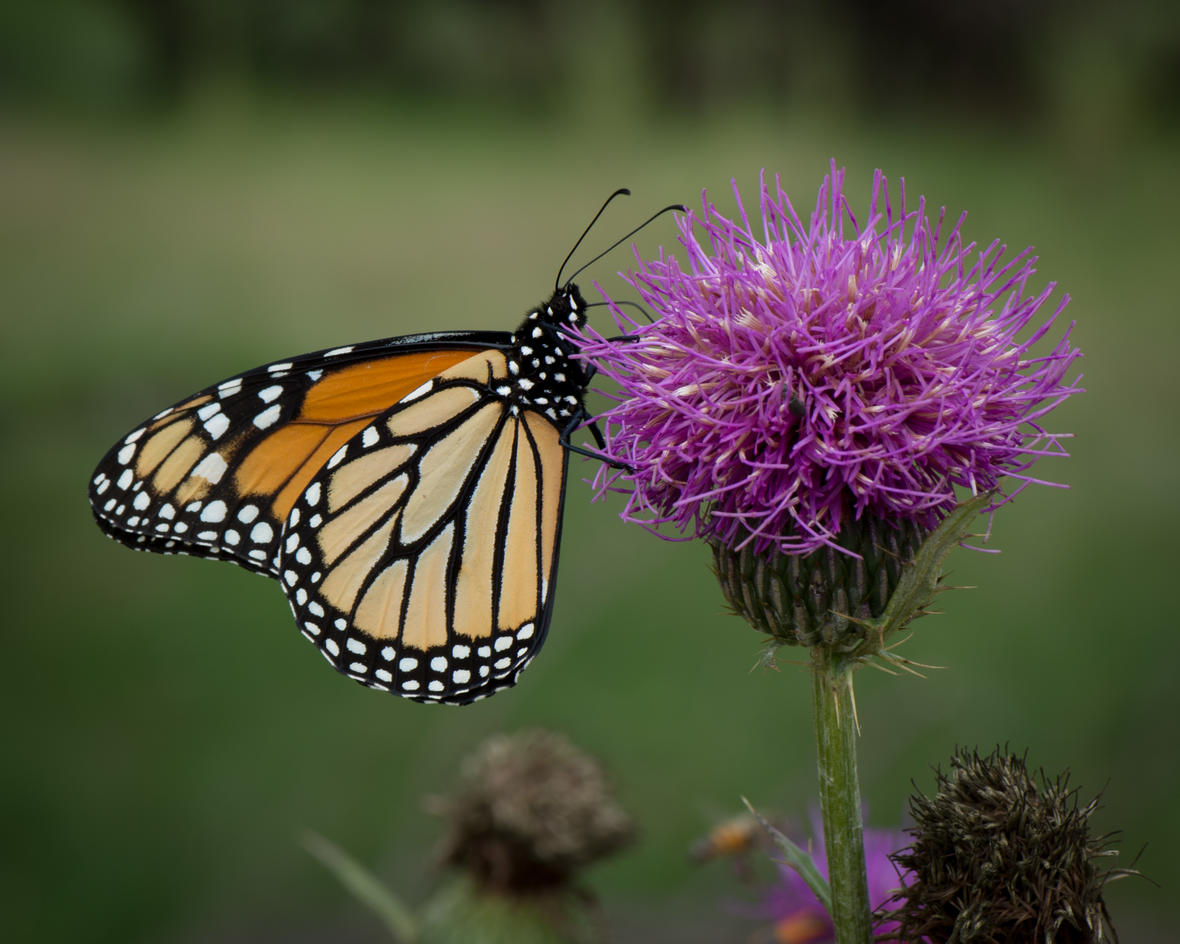Approximately 75% of flowering plants—including about a third of agricultural food crops—depend on the distribution of pollen by an array of animals known collectively as pollinators. These animals include insects such as bees and wasps (hymenoptera), butterflies (lepidoptera), beetles (coleoptera), and flies (diptera), as well as avian species such as hummingbirds and honeycreepers, and some mammals, most prominently bats (chiroptera). Alarmingly, pollinators are experiencing dramatic declines in their populations in many parts of the world. In Europe, for instance, researchers have observed a decline in at least 37% of bee species and 31% of butterfly species. A new study has now compiled the first planetary risk index of the probable causes driving these declines. In addition to helping resolve some of the scientific uncertainty about these causes, the analysis provided by the study better identifies the ultimate risks to humans and could inform strategies and action plans to slow and eventually reverse pollinator decline. See also: Agriculture; Aves; Coleoptera; Diptera; Farm crops; Food; Hymenoptera; Insecta; Lepidoptera; Pollen; Pollination

The study assembled a worldwide panel of experts to evaluate the importance of eight documented drivers of pollinator decline, at both regional and global levels, along with ten expected, consequent risks to human interests and wellbeing. The foremost cause of pollinator population and diversity loss was identified as habitat destruction. With more and more land being converted to human use through the building of roads, housing, and other infrastructure, species have fewer available food sources and breeding habitats. The second most important driver, according to the study, is land management. The main issues here are that farming practices such as grazing, fertilizer use, and crop monoculture reduce plant availability and variety, especially impacting niche pollinators. Widespread pesticide use was identified as another top cause, while climate change was ranked fourth. A prime example of pesticides’ impact on pollinators is colony collapse disorder, a phenomenon that has severely depleted managed honeybee colonies in the United States and Europe and has been linked to the use of certain pesticides. See also: Agricultural soil and crop practices; Colony collapse disorder; Environmental management; Global climate change; Fertilizers and nutrient management; Pesticide
In terms of risks to humans from pollinator decline, the study identified a decrease in food quantity and quality as the greatest concern in all regions surveyed. Specifically, pollinator decline threatens most fruit and vegetable crops, and this impact would be most acute in many lower-income countries in Africa, Asia-Pacific, and Latin America, where smallholder (small-scale) farms—and the rural populations the farms feed—are highly reliant on wild-growing, animal-pollinated foods. However, cereal crops, which reproduce through wind pollination, would not be affected by pollinator decline. Also known as grains, and including rice, wheat, and corn, cereals are the most important crops in terms of global human consumption. Extreme pollinator decline would not necessarily cause global starvation, but such a drastic turn of events would significantly reduce the variety of edible plants as well as nutrients—and thus, gustatory enjoyment—those plants provide to humans. To avoid this fate, the study's results suggest that global policy responses should be tailored to addressing key drivers of habitat loss, land management, and pesticide use, depending on these drivers' relative importance in the regions affected. For instance, in regions where habitat loss and land management—often intertwined—present the gravest threat, efforts can be made to increase yield on existing farm plots, perhaps in part through careful pesticide introduction. But where pesticide use is rampant but habitat loss is stable, the focus should shift to preserving yields while tapering pesticide application. See also: Cereal; Food; Fruit; Grass crop; Taste





